FDA approved Roche’s Actemra for treatment of COVID-19 in hospitalised adults
On Dec. 21, 2022, Roche announced that the U.S. Food and Drug Administration (FDA) had approved Actemraᆴ (tocilizumab)…

On Dec. 21, 2022, Roche announced that the U.S. Food and Drug Administration (FDA) had approved Actemraᆴ (tocilizumab)…
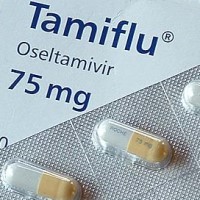
On Dec. 21, 2022, the U.S. Department of Health and Human Services (HHS), through the Administration for Strategic…
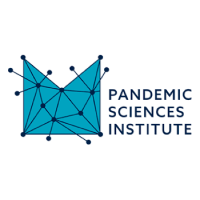
On Dec. 20, 2022, the University of Oxford announced study results using data from 7 million people notified…

On Dec. 16, 2022, Novavax announced that the Standing Committee on Vaccination (STIKO) in Germany had expanded its…
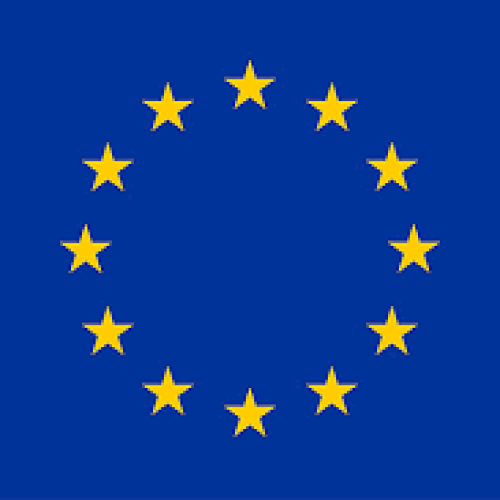
On Dec. 16, 2022, Moderna announced that the European Medicines Agency’s Committee for Medicinal Products for Human Use…
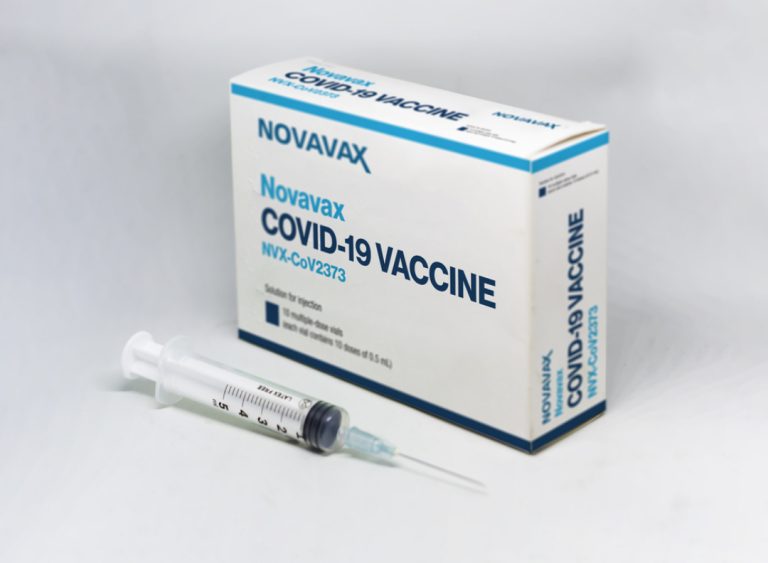
On Dec. 11, 2022, Novavax announced that the Switzerland’s Federal Office of Public Health and Francees Haute Autorite…

On Dec. 9, 2022, Pfizer and BioNTech announced the companies had received Fast Track Designation from the U.S….
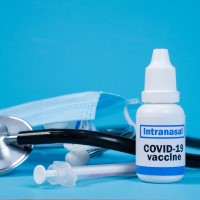
On Dec. 9, 2022, Washington University in St. Louis announced that it’s nasal COVID-19 vaccine technology had been…
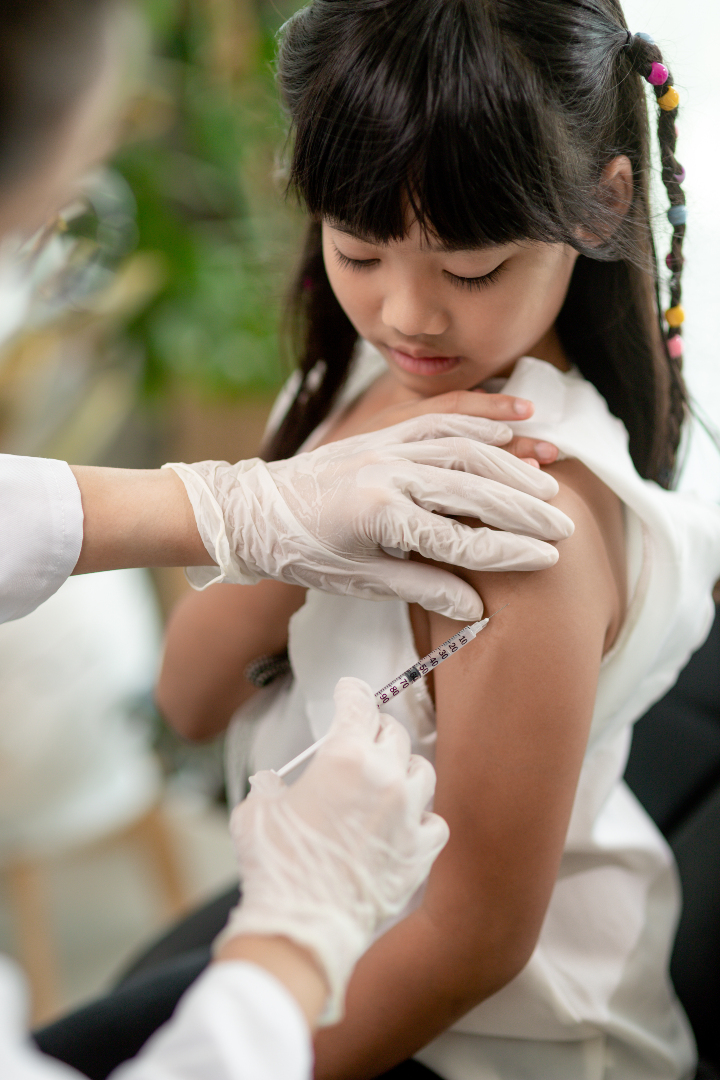
On Dec. 8, 2022, Moderna announced it had received emergency use authorization from the U.S. Food and Drug…

On Dec. 8, 2022, Pfizer and BioNTech announced the U.S. Food and Drug Administration had granted Emergency Use…
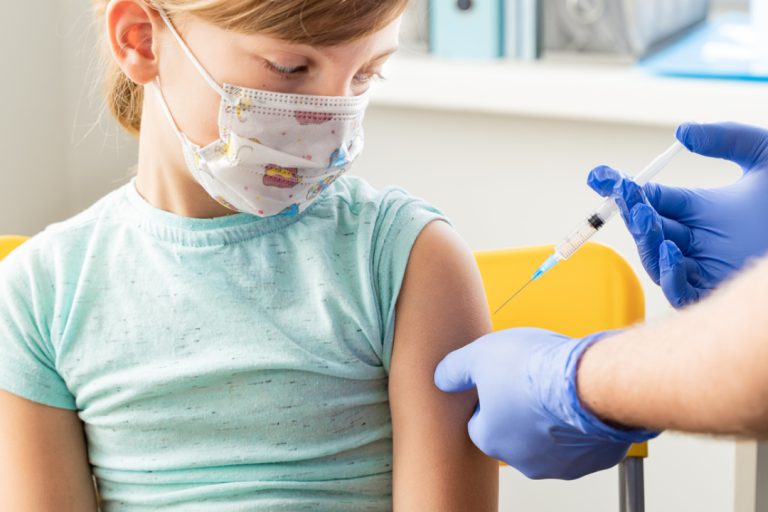
On Dec. 7, 2022, Novavax announced that Health Canada had approved a supplement to a New Drug Submission…
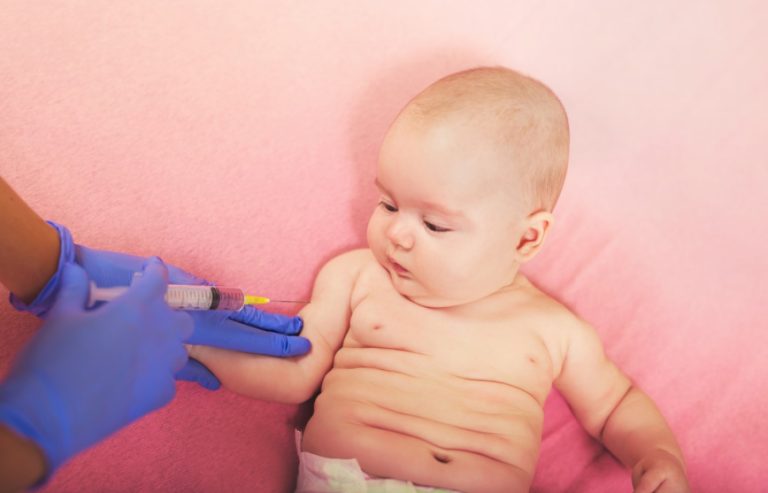
On Dec. 5, 2022, Pfizer and BioNTech announced that the companies had submitted an application to the U.S….

On Dec. 5, 2022, the Fred Hutchinson Cancer Center announced that according to a new meta-analysis women were…
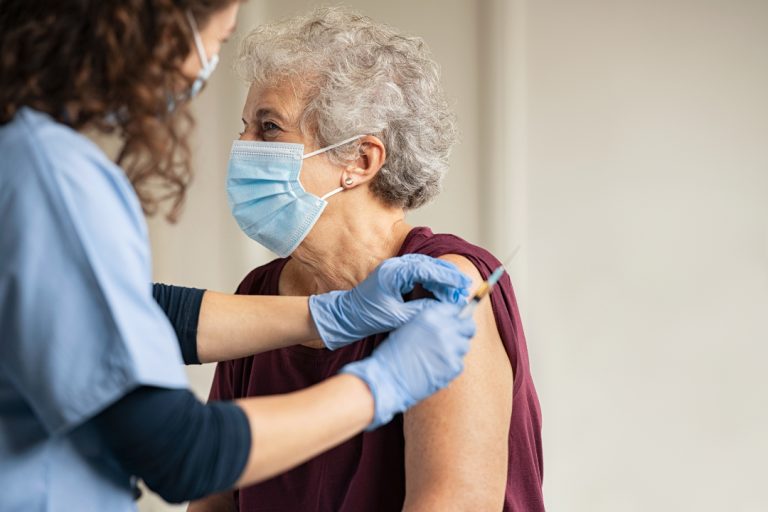
On Nov. 29, 2022, Novavax announced that the World Health Organization had issued an updated Emergency Use Listing…
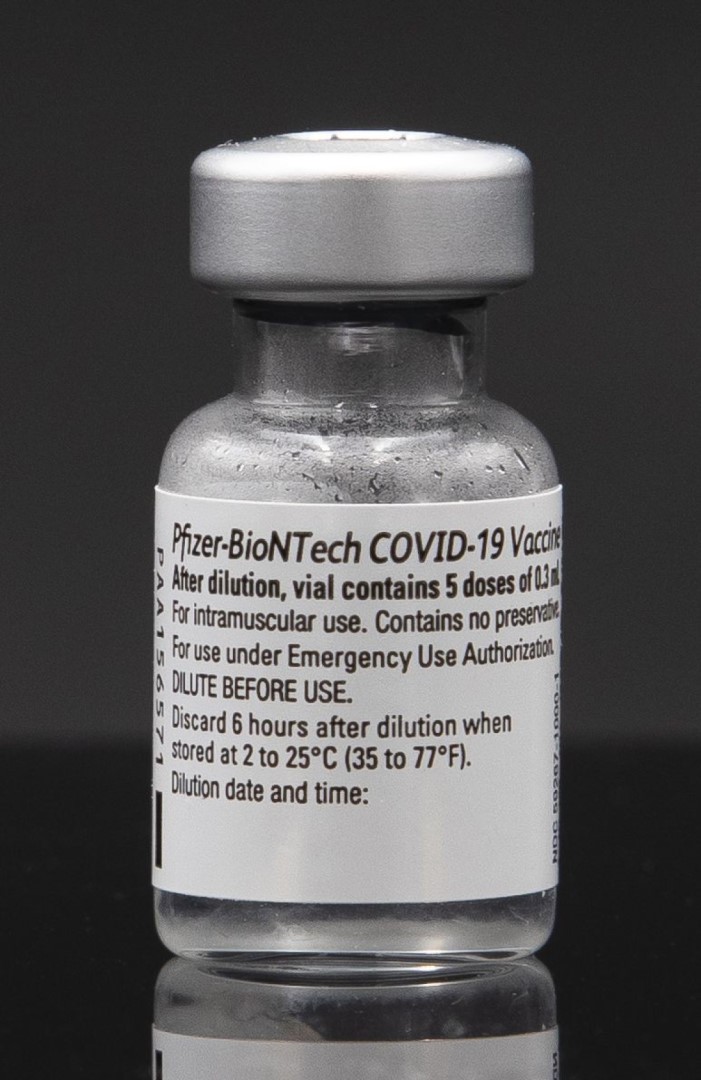
On Nov. 18, 2022, Pfizer and BioNTech announced results from an analysis examining the immune response induced by…

On Nov. 18, 2022, Novavax announced that Health Canada had granted expanded authorization for Nuvaxovid (COVID-19 Vaccine (Recombinant…

On Nov. 18, 2022, the Journal of the American Medical Association reported that the U.S. experienced high COVID-19…

On Nov. 16, 2022, Pfizer and BioNTech announced that the companies had initiated a Phase 1 study to…
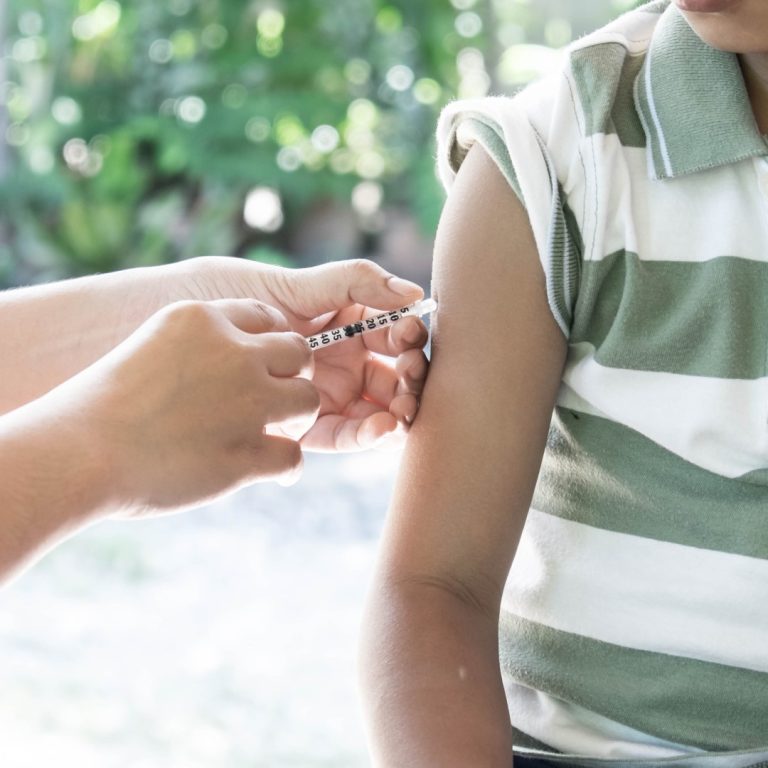
On Nov. 10, 2022, Pfizer and BioNTech announced a booster dose of their Omicron BA.4/BA.5-adapted bivalent COVID-19 vaccine…

On Nov. 9, 2022, researchers at the University of Missouri announced they had identified the highly prevalent, specific…
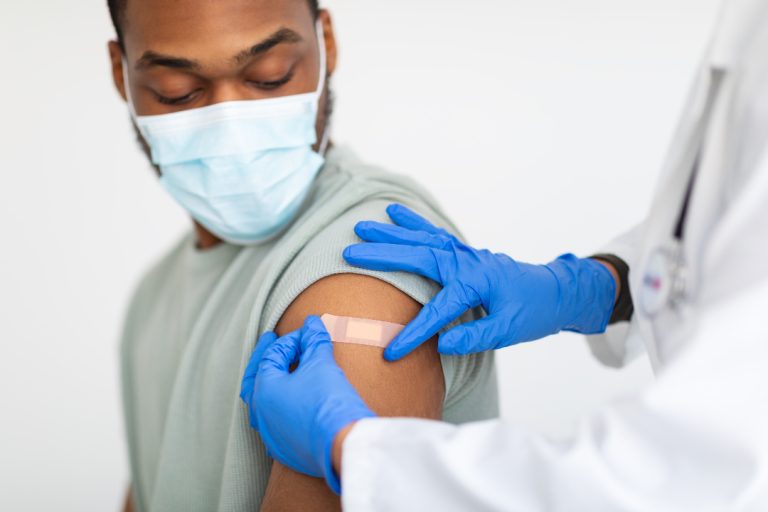
On Nov. 9, 2022, Novavax announced that the Medicines and Healthcare products Regulatory Agency (MHRA) in the United…

On Nov. 8, 2022, Novavax announced topline results from its Phase 3 Boosting Trial for the SARS-CoV-2 rS…

On Nov. 4, 2022, Pfizer and BioNTech announced updated data from a Phase 2/3 clinical trial demonstrating a…

On Nov. 3, 2022, Health Canada authorized an adapted version of the Moderna Spikevax COVID-19 vaccine that targets…
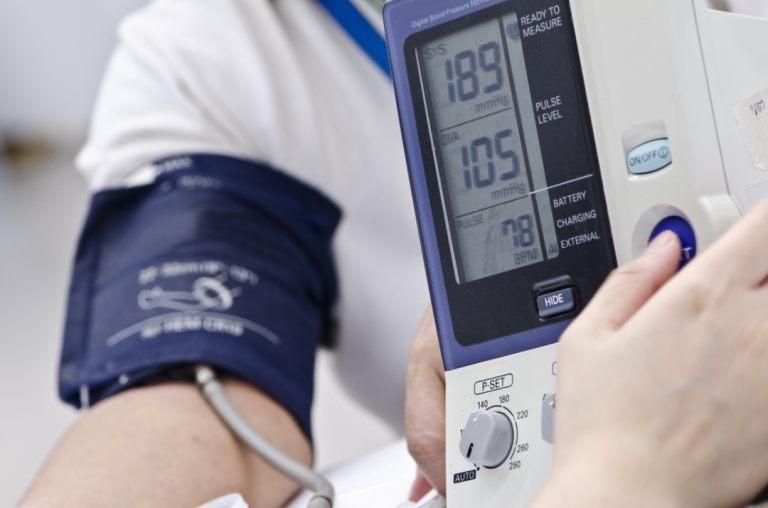
On Nov. 1, 2022, the National Institutes of Health (NIH) announced that adults with hypertension saw a small,…

On Oct. 31, 2022, Moderna announced that it had received approval from the Ministry of Health, Labour and…
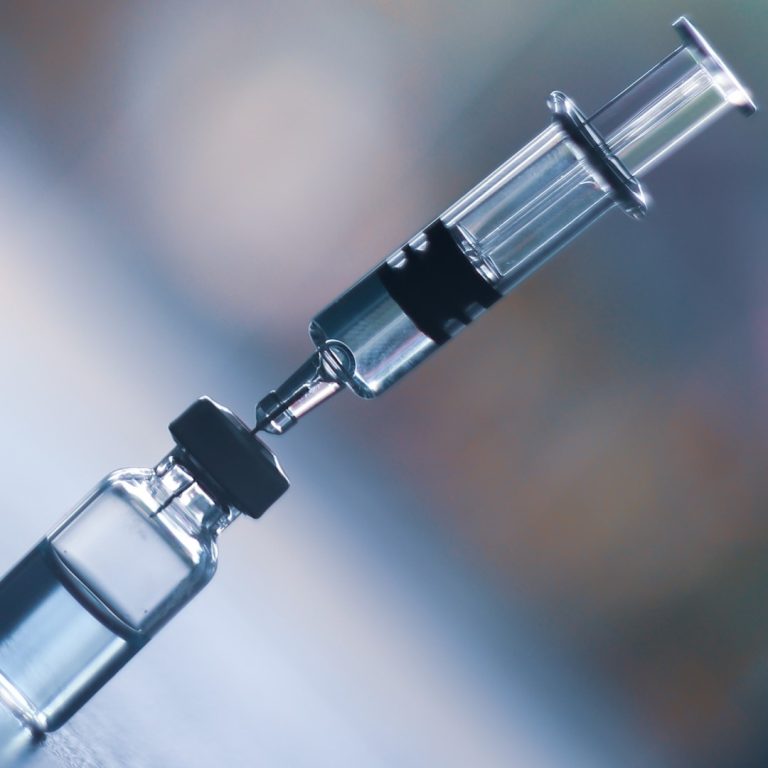
On Oct. 27, 2022, Inovio Pharma announced that it has discontinued its internally funded efforts to develop INO-4800…
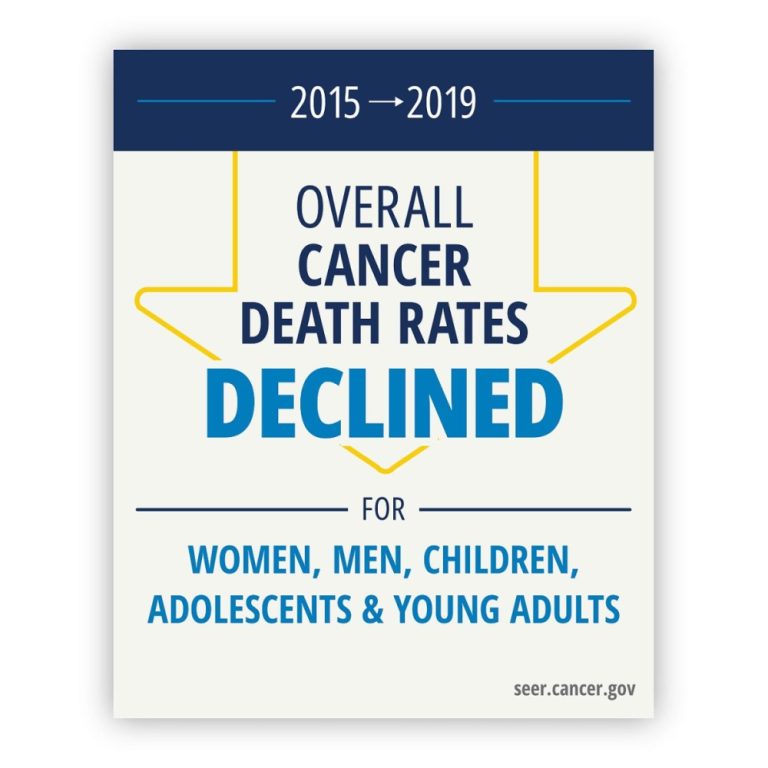
On Oct. 27, 2022, the National Institutes of Health (NIH) announced that overall cancer death rates continued to…

On Oct. 25, 2022, the University of Washington reported that daily global COVID-19 infections were projected to rise…
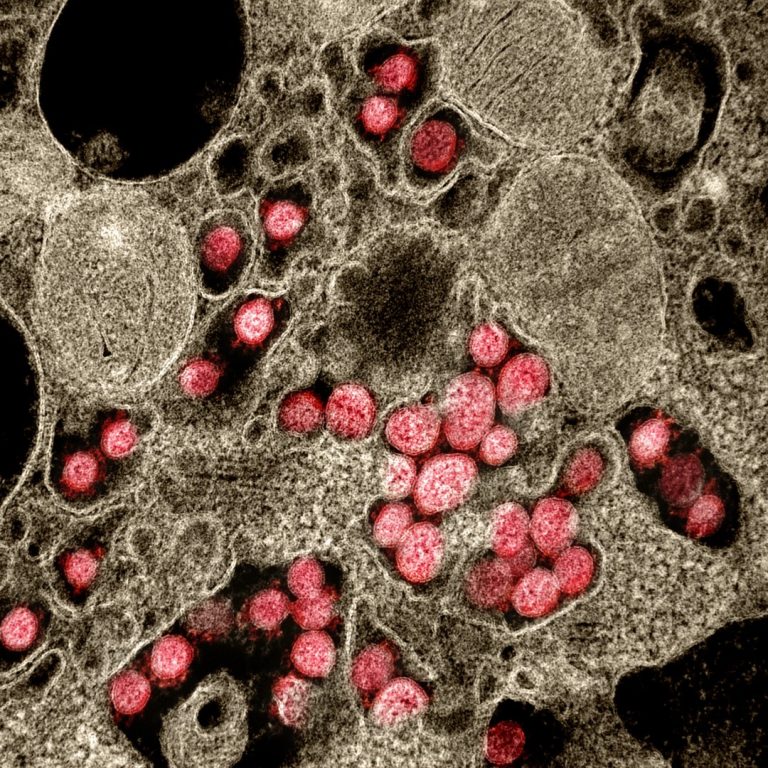
On Oct. 25, 2022, Pacific Northwest National Laboratory (PNNL) announced that scientists have shown that they can detect…